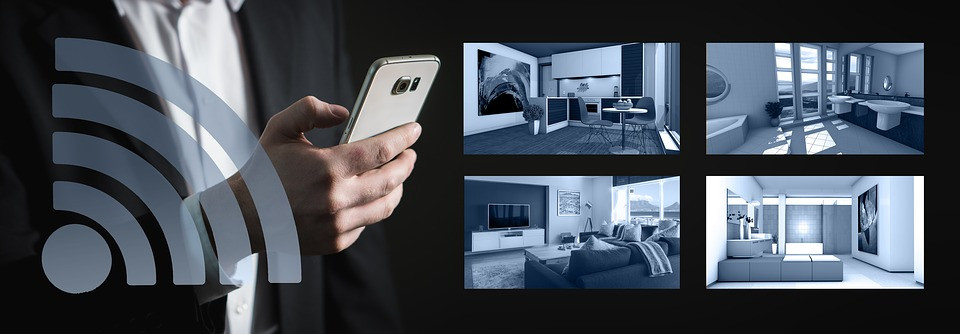
What is the best security type for your Wi-Fi?
Choosing the best security protocol for a wireless network like Wi-Fi is critical to prevent untrustworthy connections. The right type of security method keeps freeloaders and hackers away from your Wi-Fi network and private data. Although you may be unaware of the Wi-Fi encryption you are using, you need to protect your digital information from malicious attacks. Here we help you to understand different wireless security protocols and choose the best one for your network.
Different type of Wi-Fi security protocols
Among different types of Wi-Fi security protocols, these are the four most used:
Wired Equivalent Privacy Protocol
WEP is one of the oldest security protocols. It does not offer strong security and hence is highly vulnerable to attacks. Most of the modern Wi-Fi users do not use this option anymore as it has series of disadvantages such as:
Wi-Fi Protected Access Protocol
WPA protocol was introduced after the insecurities were discovered in WEP. It’s considered to be way better than WEP as it offers a better encryption method called temporary key integrity protocol (TKIP).
This protocol introduced the message integrity check which detected the altered packets. However, even this protocol is not considered secured to use with the improved protocol such as WPA2 was introduced.
Wi-Fi Protected Access Protocol 2
Introduced in 2004 as a successor to WPA, WPA2 uses a security protocol based on Advanced Encryption Standard (AES) over TKIP. WPA2 is more secured and easier to configure than most of the other options. It uses 128/192/256-bit encryption keys which means it’s less vulnerable to malicious attacks. Older routers asked whether to use AES or TKIP encryption, however, modern routers choose AES as a default.
This method may be vulnerable to high-level enterprise networks but is the safest for home and business networks.
Wi-Fi Protected Setup
WPS is a wireless security standard that makes it easier for devices to join a secure wireless network. It’s not an independent security protocol however it only works for networks that are secured with WPA or WPA2 security types. With this method, a user can add new devices to their network by simply pressing a button called the WPS Push button on the router.
What Wi-Fi security am I using?
After you understand the types of Wi-Fi security methods, you can see and choose the best security option on your devices.
On desktop:

On mobile devices

What’s the most secure wireless internet security method to use?
Optical fiber internet is relatively new in Nepal. Subisu aims to play a major role in implementing The Broadband Policy that aims to connect all 77 districts by an optical fiber network within the acute deadline of 2020.
Subisu has been providing reliable and affordable internet and digital TV in 60+ districts in Nepal. It has always been upfront with the evolving change in technology since its inception.
Are you thinking of getting SUBISU internet for your home connection? Or are you already a SUBISU user and want to try new packages to improve the current experience?
People using free Wi-Fi services in Nepal are not aware of what they're probably exposed to or are exposing. But for the times you're connected to it you can still limit the potential risks with the following tips.
Despite having a high-speed internet connection sometimes you may experience slow internet speed and decline in performance. Sometimes, your super-fast Wi-Fi and internet fail you when you want it most.
As the entire population of Nepal is in lockdown most of the activity is happening through internet. As a result, there’s been huge increase in internet traffic, almost 35-40 percent rise in recent weeks
While working from home you may encounter constant interruptions and distractions. Here are some effective tips to work from home during COVID-19 lockdown and enhance your productivity.
There are a few reasons why your WiFi is running slow despite having a good internet plan at your home. Here are 7 easy ways to speed up the home WiFi.
Subisu has introduced its 5GHz plus dual-band router in the Nepali market to facilitate internet users with improved speed over WiFi connection.